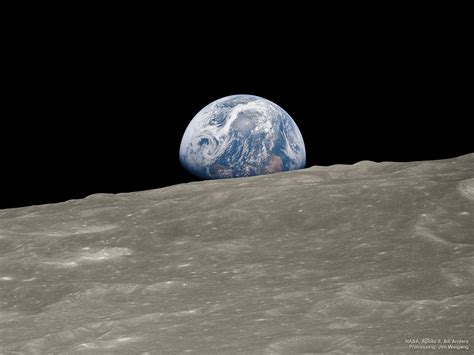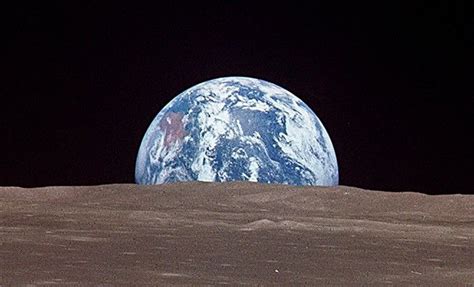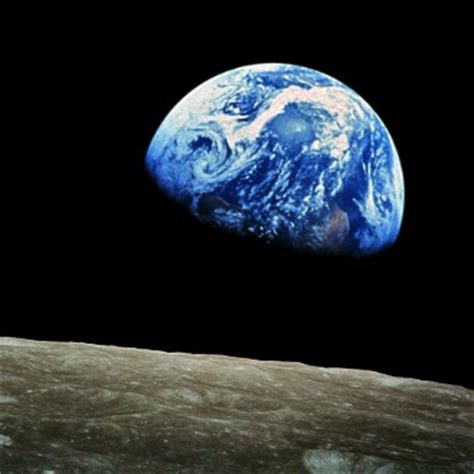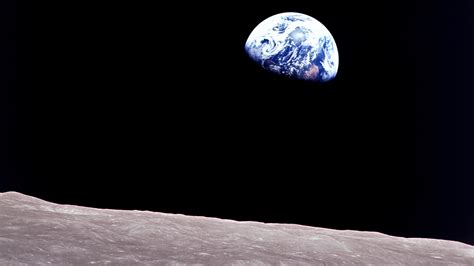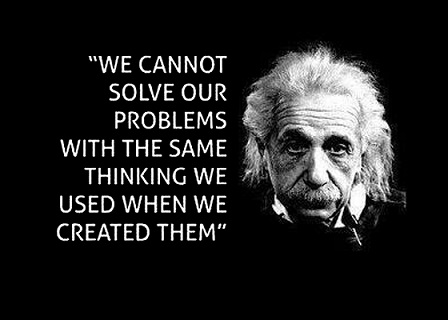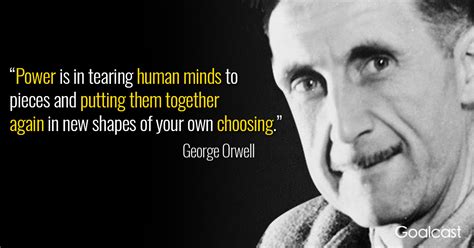|
home | what's new | other sites | contact | about |
|||||||||||
|
Word Gems exploring self-realization, sacred personhood, and full humanity
Editor's Essay an ‘Earthrise’ View of Civilization:
The photo on the lower right, “Earthrise,” was taken by the Apollo 8 astronauts on Christmas Eve, 1968 as they circumnavigated the Moon. It’s been called the “most influential photograph” of history.
Let’s say you’re out driving, you’re looking for a certain building. You don’t have the street number, but you know it’s on Main Street, and you’re sure it’s north of where you are. it just has to be there You say you’ll recognize it when you see it, so you methodically drive up Main visually inspecting each building as you drive by. You’re careful in the search and sometimes you think you see it, but then realize you’re in error, and so you keep moving because what you’re looking for just has to be there. as they say in Pittsburgh, 'you can't get there from here' But what if someone told you that what you’re looking for is not on Main Street at all; moreover, it’s south of where you started. In fact, what you want is in the opposite direction on Central Avenue. We all make mistakes from time to time concerning our work or achieving goals, but these errors, we say, are just temporary setbacks. We insist that hard work will eventually take us to where we want to go. But what if our problem is not just simple error but that of fundamental direction in life? In this case, small errors will never cease, and, despite sedulous effort, the end result will be total failure. All this becomes parable concerning a fundamental misdirection of our civilization.
When we study Homer and the Greek epics, inevitably, an instructor will comment, “People are the same today as when Troy was besieged. Nothing has changed. Our gadgets and gizmos, true, are more sophisticated, but these are so often used to oppress others. The human heart of darkness, in essence, has not altered one whit in many thousands of years of recorded history.” Why have we made no real progress despite millennia of sorrowful lessons? Why, even today, do we continue to suffer war, brutality, violence, and military invasions? What is the errant metaparadigm that justifies all this and keeps civilization on planet Earth in dysfunctional mode? What is the dreary old "same thinking," as Einstein observed, that imprisons us in "our problems"? Let us look at various aspects of civilization, in no particular order, but with a view toward uncovering an underlying "wrong direction," an errant metaphysical assumption. a strange and uneasy confluence between 'art as visual propaganda’ and a modern tech-marvel of 1955
Though I was a tiny boy, I still recall the exciting day in 1955 when Dad lugged into the old farmhouse our new television set. Now we could watch Howdy Doody, Red Skelton, Roy Rogers, Lucy, and Superman with the best of them. And what a wonder it was! Pictures floating through the air? - who knew of such wizardry? But the heavy cathode-ray tubes of the big-box tv were the outgrowth of many years of immense scientific achievement: Sir William Crookes in the 1870s, J.J. Thompson in the 1890s, and others who contributed to cathode-ray tube development. Well, we had really entered the 20th century now with our access to Lassie and Gunsmoke. But wait. What’s this forbidding artwork superintending the festivities? High on the wall, like a silent Greek chorus, two religious icons stand sentinel, and with disapproving visage.
In the writing “30 Art Masterpieces of the Ancient World” we learned of the life’s work of Professor Diana K. McDonald. You’ll want to read it for yourself, but, essentially, all of the artwork, she says, was created as “visual propaganda” in service to the power-and-control schemes of bloody dictators. None of it was produced as “art for art’s sake”, but all of it served some military-political-oppression plan and intent. The “savior gods” of history, widely dispersed among an array of ancient civilizations, along with supporting cast of “queens of heaven”, were designed to control conquered populations via fear-and-guilt. You can read about it for yourself. But what are the implications and what does this really say about us? None of this artwork, propping up a diseased cosmogony, could affect us in the least unless we ourselves accepted the underlying metaphysical foundation: “I am incomplete. I need salvation. I'm no good. I need a total make-over. I am not enough. I am a broken machine.” philosophers and physicists debate ‘what is time?’ As mentioned, we’ll be meandering through this subject, like an “art crawl” though a downtown exhibition, with no particular ordering in mind. The eclecticism will help reveal the ubiquity of the problem before us. Now, here’s a good one coming to mind. What is time? Ever since Einstein rudely overturned Newton’s idea of time as something fixed and absolute we’ve been in a quandary trying to envision the ineluctable “spacetime.” Einstein said it’s not just space anymore and it’s not just time, they’re of a piece now, connected. It’s spacetime.
That’s funny. But what is time, anyway? Depends on who you ask and, as usual, on the underlying metaparadigm driving the viewpoint. But, here's the point of all this. For all of our high-tech advancement, as Carl Jung observed, most of us are still quite primitive in mental orientation, cultishly burdened, still running around in loin-clothes, brandishing spears and doing rain dances.
|
|||||||||||
|
|
